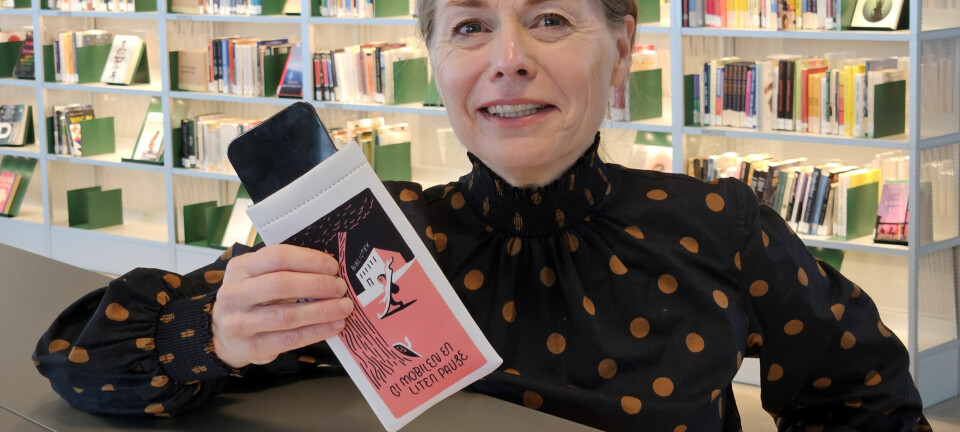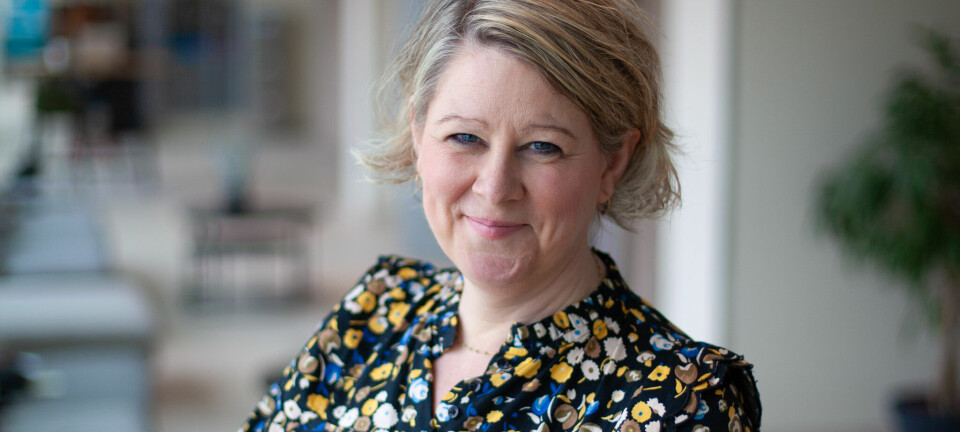
Finland spends six times as much as Germany on public libraries
Scandinavian libraries are in a league of their own. This is shown by a recent comparison of twelve European countries’ spending on public libraries to which we have been given access. Allocation of government funding seems to be Finland’s key to success.
Dette er ein utvida versjon av denne norske saka som sto på trykk i utgåve 4-2022.
In September of last year, a question from Dutch Sander van Kempen ticked into the e-mail boxes of several library bureaucrats around Europe – from Italy in the south to Norway in the north. How much did the countries spend on public libraries per inhabitant? ‘In the Netherlands, we spend around 500 million per year on public libraries. We have around 17 million inhabitants. So, we spend around 29,41 euros per inhabitant on public libraries’, wrote the senior adviser at the National Library of the Netherlands to colleagues in the NAPLE Forum (National Authorities on Public Libraries in Europe), an international non-governmental association that works for the interests of national libraries. Twelve countries responded.
The article continues below the figures.

Figure 2: Spending on public libraries in euros per inhabitant.
10 billion is not enough
Germany spends the most on public libraries of all the countries that responded to the survey, a whopping 930 million euros a year. However, their 83 million inhabitants still come out at the bottom, with 11.2 euros per inhabitant. This is only one-sixth of what every Finn is granted. Finland is at the top with 60.1 euros per inhabitant. Denmark is right behind with 59 euros per inhabitant, while Norway and Sweden both spend around 42 euros per inhabitant.
Most countries have a threefold division into state, region/county, and municipality. The Dutch specifically asked about total figures from all levels.
– The minister of culture asked if we could gain insight. Are we among those who spend most on libraries? she wondered, says Sander van Kempen.
No scientific data

– Has it been useful to gain this insight?
– Yes, very much! We feel we are doing a good job, but as expected, the Scandinavian countries spend the most and are examples we wish to look at more closely. Not just the size of the budget but also how they get it done.
van Kempen is open about the challenges with such an informal comparison across nations.
– We did not get hold of scientific data on this. But the minister needed to get a sense of how we were doing. And we have achieved that. Better statistics are, of course, possible, but it will require more information and probably also research funding.
The numbers gave few surprises, he says, but there was a slight upturn.
– It was surprising that the Netherlands is, on average, with around 30 euros per inhabitant. I thought we would be lower.
Some quick side notes: It is important to remember that there are significant differences between countries in organization, decision levels and funding models. This informal comparison also does not consider the issue of different cost levels in different countries. A Norwegian librarian’s annual salary is probably much higher than a Swedish librarian’s. So the numbers should be seen as an approximate, but nonetheless helpful, overview of how the countries position themselves in relation to each other.
Great variations in Germany

Hella Klauser from the German Library Association knew the lay of the land.
– We know that other countries support public libraries more than we do, and we use such international comparisons to make it known to those who decide. But in Finland, the library tradition and the relationship with the decision-makers is much stronger. Finland also has a library act, something we do not have at national level.
Finland has a library act, something we do nothave at national level.Hella Klauser, Germany
– But with such proud traditions for academia, literature, and art, and Europe’s strongest economy, how is it that you spend so little on libraries?
– We are talking here about the public libraries. They are financed by the municipalities, often as part of the city administration, in the town hall. For research and university libraries, the situation is completely different. They are connected to the 16 states.
There is great variation in prosperity from city to city in Germany, says Klauser.
– Many cities have large debts because of statutory tasks, such as unemployment. But having a library is not required by law.
– Are there municipalities in Germany that do not have libraries at all?
– I want to say no. Most of them have. But the question is how big they are, the opening hours, and whether they have professional staff and renewal of the collection.
Project funds help
Public libraries in Germany also receive significant sums in project funds, for example, for digital development. The library association applies to various ministries and distributes the money further. These sums are not included in the figure from Germany. They are included in the numbers from some of the other countries. But this will probably not affect the outcome of the comparison. To use Norway as an example the project fundings adds up to just one percent of the total spendings.
– Libraries also need normal permits for constant operation, says Klauser, who believes she sees a positive trend in Germany.
The public library has strengthened its image in recent years, which is reflected in more funding for projects.
– Now, it happens that the ministries get in touch and offer us to apply for advertisements because they know we do a good job.
She has also noticed that the authorities refer to libraries as important for democratic development and recognize what they mean for the Ukrainian refugees.
Allocated funding in Finland

Political decisions on a national level explain why Finland’s public library expenditures are almost 30 % higher than the equivalent in Norway and Sweden. The Finish state finances library services by allocating central government transfers to local government for funding library services in every municipality, Senior Ministerial Adviser Tapani Sainio explains.
– The funding covers part of the costs. The purpose of the system of central government transfers to local government is to guarantee the availability of public services and to balance out differences between municipalities, he explains.
The Ministry of Education and Culture grants discretionary government transfers to public libraries for carrying out the national and regional development responsibilities, carrying out special tasks, and developing their activities. In addition, the Ministry allocates an appropriation to the regional state administrative agencies to be granted to public libraries for their regional and local experimental and developmental activities.
– Is there a trend towards an increase or decrease in public library spending in Finland?
– Library statistics show a slight increase from 2010 to 2021.
– Is library economy a topic that is being discussed in Finnish local and national elections?
– Not very much. Libraries have strong support in society, and questioning libraries’ financing isn’t popular.
In a national survey in 2017, 91 % of the respondents agreed that the funding of public libraries in Finland must be secured.•














